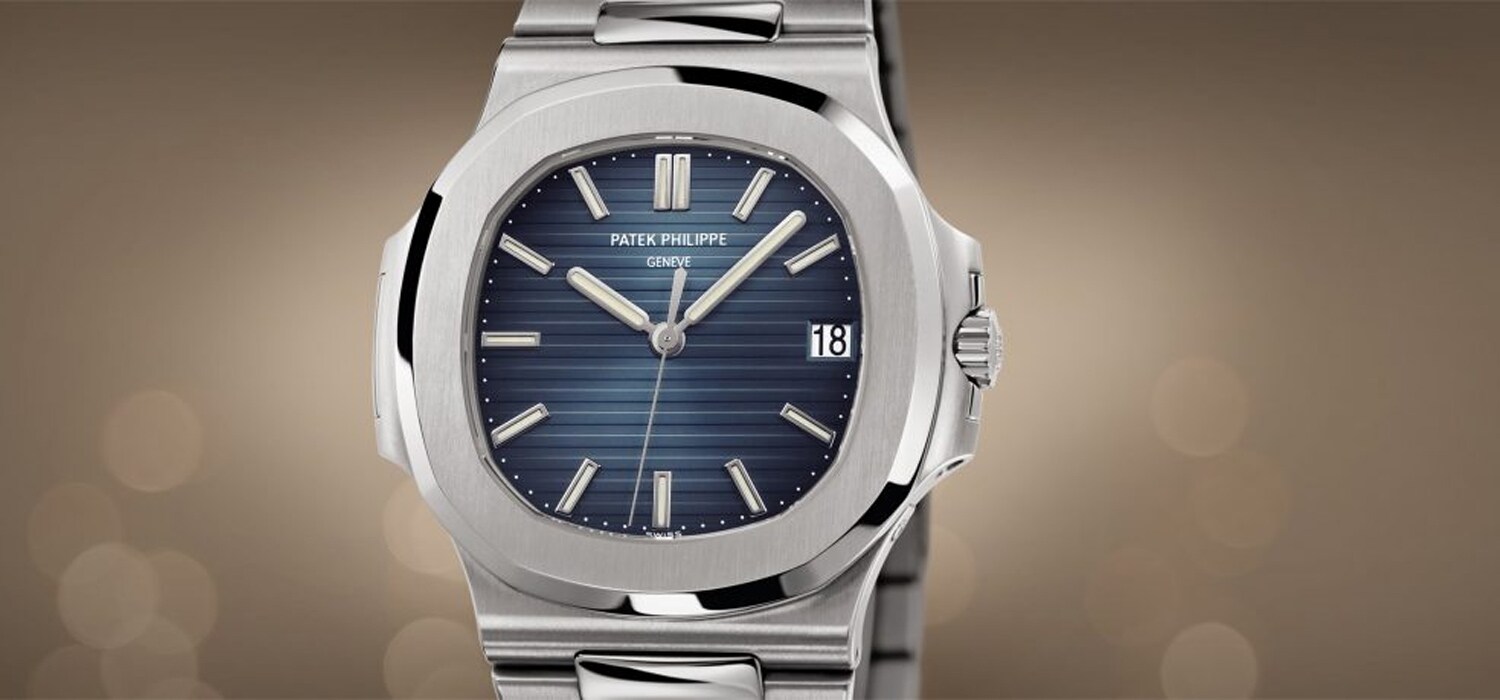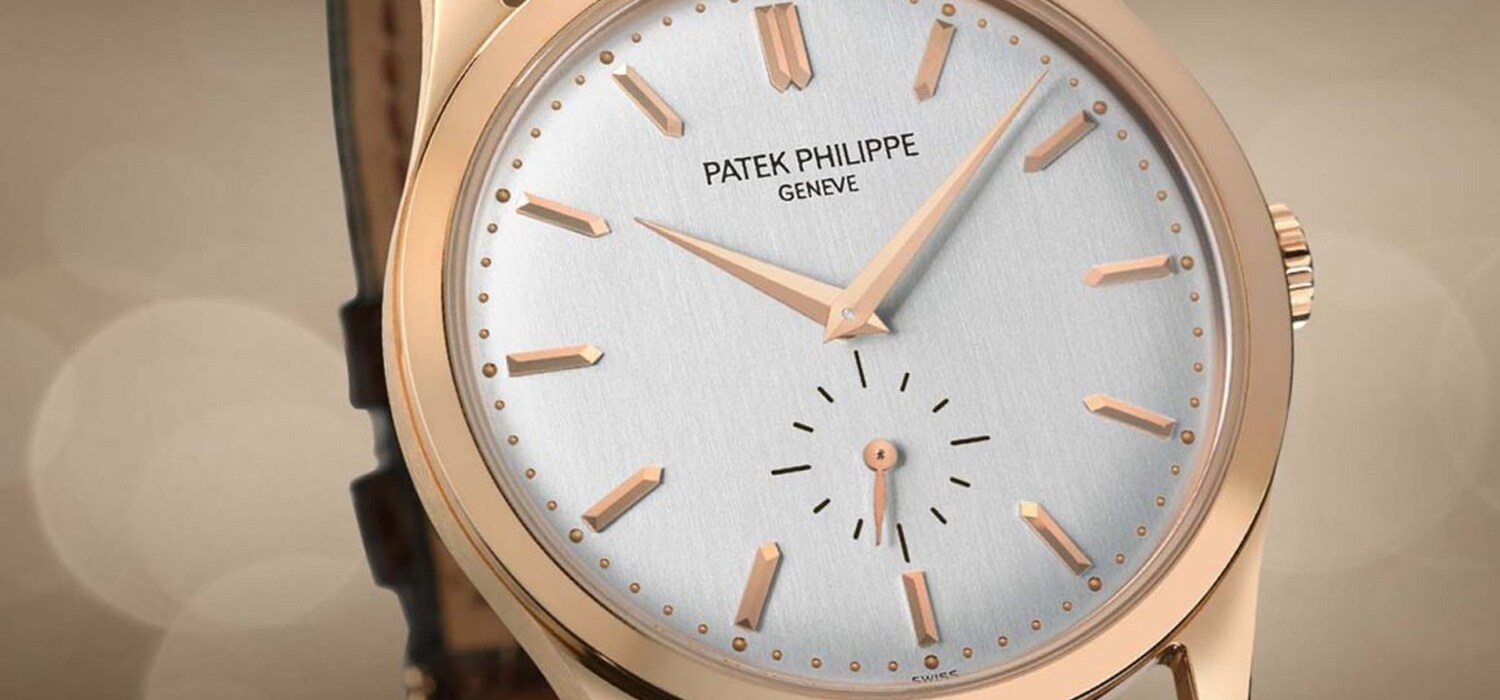-
Watches
By Category
Anytime. Anywhere.
By Collection
By Brand
-
Rolex
By Category
By Collection
- Rolex Certified Pre-Owned
- Pre-Owned & Vintage
-
Brands
Watch Brands
Jewelry Brands
-
Jewelry
By Metal
By Gemstone
By Collection
By Brand
-
Engagement
By MetalBy StyleBy Cut/ShapeBuild Your Ring
-
Wedding
By MetalWedding JewelryEditorial
- Sale
-
Sell Your Watch
Sell Your Watch
We will expertly assess your watch and offer you
a competitive and accurate valuation for the
watch you wish to sell to us.Free valuation by our experts
Unrivalled knowledge & expertise
Competitive prices offeredBrands we buy
A. Lange & SohneAudemars PiguetBlancpainBreguetBreitlingCartierIWC SchaffhausenJaeger-LeCoultreLonginesOMEGAPatek PhilippeRolexHeuerTudorVacheron Constantin - Stores
- Shop by Category
-
Watches
- Back
- Shop All Watches
- By Category
- Anytime. Anywhere.
- By Collection
-
By Brand
- Rolex
- Angelus
- Arnold & Son
- Berd Vay'e
- Blancpain
- Bovet
- Breitling
- BVLGARI
- Cartier
- DOXA
- Girard-Perregaux
- Grand Seiko
- Hamilton
- Hublot
- ID Genève
- IWC Schaffhausen
- Jacob & Co
- L’epee 1839
- Longines
- Luminox
- Nivada Grenchen
- OMEGA
- Oris
- Panerai
- QLOCKTWO
- Rado
- Raymond Weil
- Reservoir
- Speake Marin
- TAG Heuer
- Tissot
- Tudor
- Ulysse Nardin
- William Wood Watches
- WOLF
- Zenith
- Rolex
- Rolex Certified Pre-Owned
- Certified Pre-Owned
-
Brands
- Back
- View All Brands
-
A-Z
- Rolex
- Angelus
- Arnold & Son
- Berd Vay'e
- Bijoux Birks
- Blancpain
- Bovet
- Breitling
- BVLGARI
- Carlex
- Cartier
- CHANEL
- Di Modolo
- Dinh Van
- DOXA
- FOPE
- Girard-Perregaux
- Goshwara
- Grand Seiko
- Gucci
- Hamilton
- Hearts on Fire
- Hublot
- ID Genève
- Ippolita
- IWC Schaffhausen
- Jacob & Co
- J Fine
- L’epee 1839
- Longines
- Luminox
- Mappin & Webb
- Marco Bicego
- Massena LAB
- Mayors
- Messika
- Mikimoto
- Nivada Grenchen
- Nouvel Heritage
- OMEGA
- Oris
- Panerai
- Parmigiani Fleurier
- Paul Morelli
- Pasquale Bruni
- Penny Preville
- Persée
- Pomellato
- QLOCKTWO
- Rado
- Raymond Weil
- Reservoir
- Roberto Coin
- Royal Asscher
- Serafino Consoli
- Speake Marin
- Tabayer
- TAG Heuer
- Tissot
- Tudor
- Ulysse Nardin
- Uneek
- William Wood Watches
- WOLF
- Zenith
- Jewelry
- Engagement
- Wedding
- Sale
- Sell Your Watch
- Stores
- My Account
- Wishlist
- Store Finder
- Request an Appointment
- Help & Support
Why the discontinued Nautilus 5711 is a bit player in the pantheon of Patek Philippe collectibles
By Nicholas Foulkes | 4 minute read

Frantic at the thought of missing out on a new Patek Philippe Nautilus Ref 5711? Then relax (a little), as the author and historian suggests some timely alternatives to the most sought-after steel production timepiece on the planet…
A couple of years ago, I remember Thierry Stern thinking aloud that he might discontinue the Nautilus. In the intervening months I heard hints of one or two developments that, viewed in retrospect, presaged its replacement.
Even so, I was still surprised when it was announced earlier this month that the Ref 5711 (pictured above) was to be pensioned off.
I love Thierry Stern for retiring the 5711 – and that is in spite of my immense affection for a model that I remember being introduced to only comparatively moderate fanfare in 2006. Six or seven years before that Patek could have discontinued the Nautilus altogether – it would have been mourned by some (me included) – but there would have been nothing like the global outcry that there has been in early 2021.
But as the angry, pitchfork-wielding mobs rampage across social media, it is worth reflecting that the motivation behind the decision to discontinue the most frantically sought-after steel production timepiece on the planet is exactly the same as the thinking that did not permit the Nautilus to fade from sight 25 years ago.
Back in 1996, Patek Philippe breathed new life into the Nautilus with the Ref 3710, only ever made in small quantities. A more commercial, shareholder-owned company would have had few scruples about phasing out an ageing steel sports watch; just as it would never have dreamt of retiring a cash cow like the 5711 in the third decade of our current century.
It is not as if there is never going to be another Nautilus ever again, but in the meantime we should think of it not as Thierry Stern bumping off a much loved old friend, but rather as inviting us to enjoy 140 or so other models that his family makes.
Unlike so many other watchmakers, Patek Philippe is not mono-model brand. To use a cinematic analogy, think of it not as a vehicle for a single megastar actor but as a drama with a world class ensemble cast, every member of which is worthy of an Academy Award. Viewed in this light it strikes me as insane that the sums of money being talked of for a three-hand steel bracelet watch on the secondary market is what you would pay for a new Patek Philippe perpetual calendar chronograph Ref 5270. Given that Patek ‘invented’ the perpetual calendar moonphase chronograph wristwatch, a watch with a bloodline that can be traced back to the 1940s, this is a bit like having the chance to buy a Picasso oil painting for the same money as one of his ceramics.

Go a rung down on the Patek ladder, from grandes complications to the ‘mere’ complications, and models such as the annual calendar chronographs Ref 5905 and 5960, the Ref 5230 world time and the classically beautiful Ref 5396 annual calendar moonphase suggest themselves.
But arguably the purest expression of Patek watchmaking is also the most accessible. The Ref 96, the time-only Calatrava, was the watch that marked the beginning of the Stern era in the 1930s, the tiny seed that that gave birth to the towering sequoia. This is the watch that saved Patek Philippe at the most parlous moment in its history and it lives on in today’s Ref 5196.

But if you absolutely have to have a case shape that shrieks ‘Patek’ just as loudly as the Nautilus, then I can heartily recommend the Golden Ellipse. Launched in 1968 this was the ‘It’ watch of Patek Philippe during the Seventies. Indeed, it was even more of a cult than the 5711 is today. As well as Golden Ellipse watches in dozens of iterations there were Ellipse keyrings, cufflinks, rings, lighter and even Ellipse astrological pendants. Once again, a more commercially run, culturally short-sighted company would have quietly discontinued the Ellipse years ago, but it remains in production.
I adore the Ellipse and I would love to see more of it, but that is not matter for me to decide.
The real problem is that the internet has made experts of us all and everyone with an Instagram account or Clubhouse invitation feels qualified to offer their advice to the Stern family. Judging from the confidence with which some people express themselves it is a wonder that Patek Philippe has manged to survive this long without their precious input!
If you want my advice, the Sterns have been doing this for almost a century now, so I would be inclined to let them get on with doing what they best.
Nicholas Foulkes is a British author, historian, journalist and editor. Among the many books he has written is the authorised biography of Patek Philippe.





